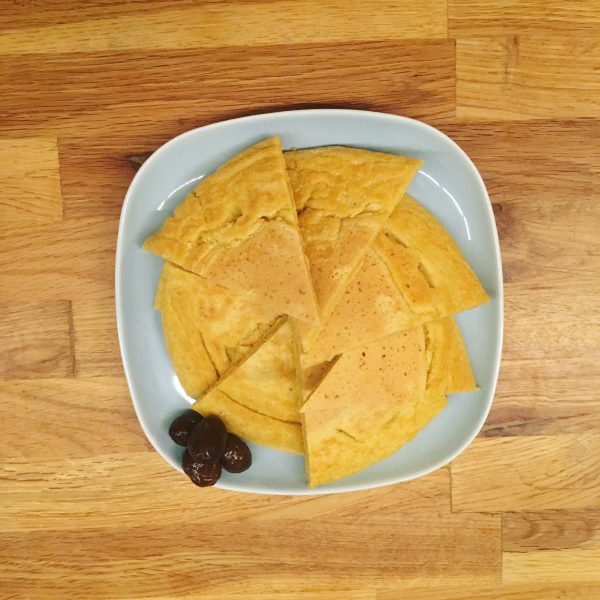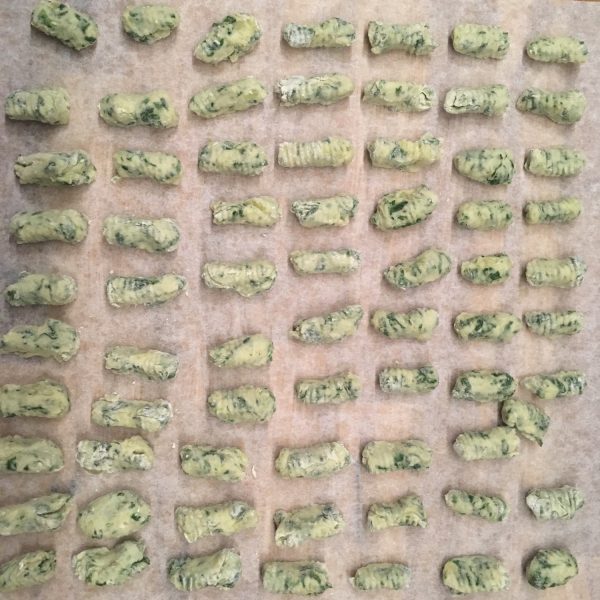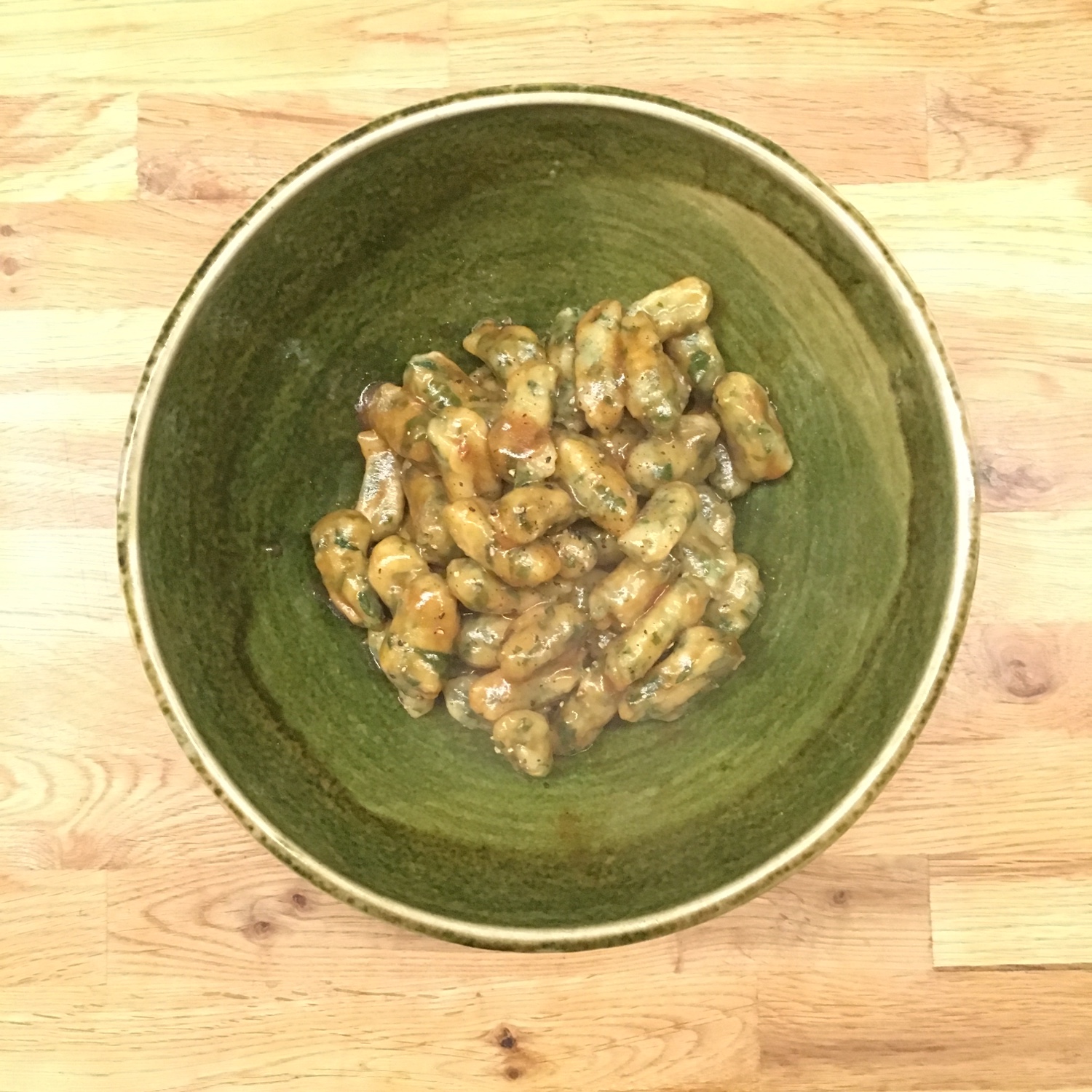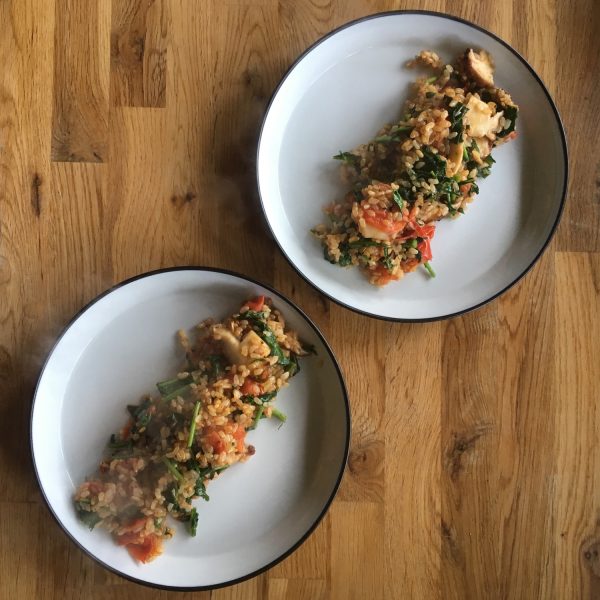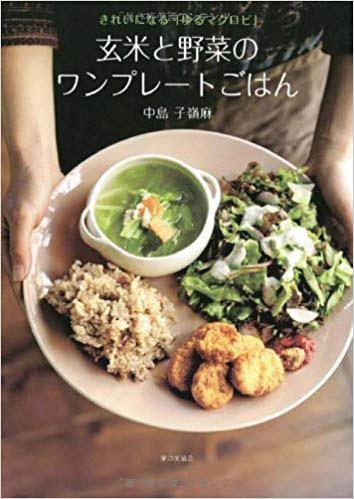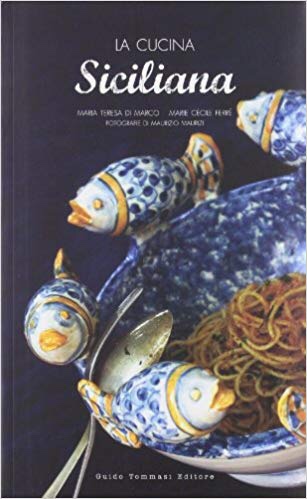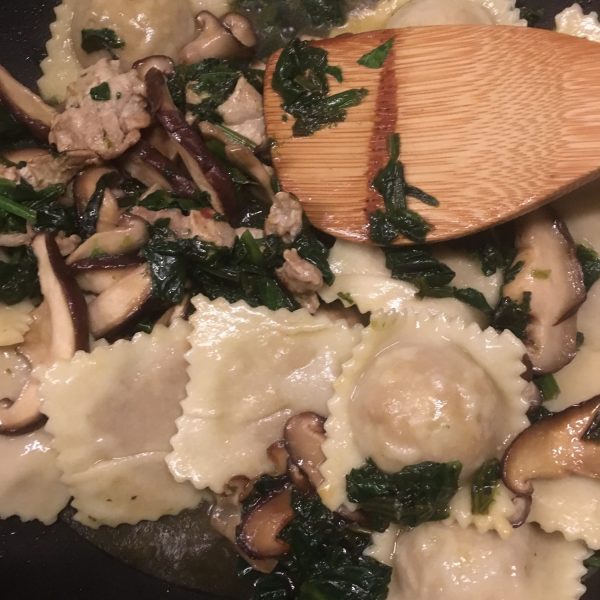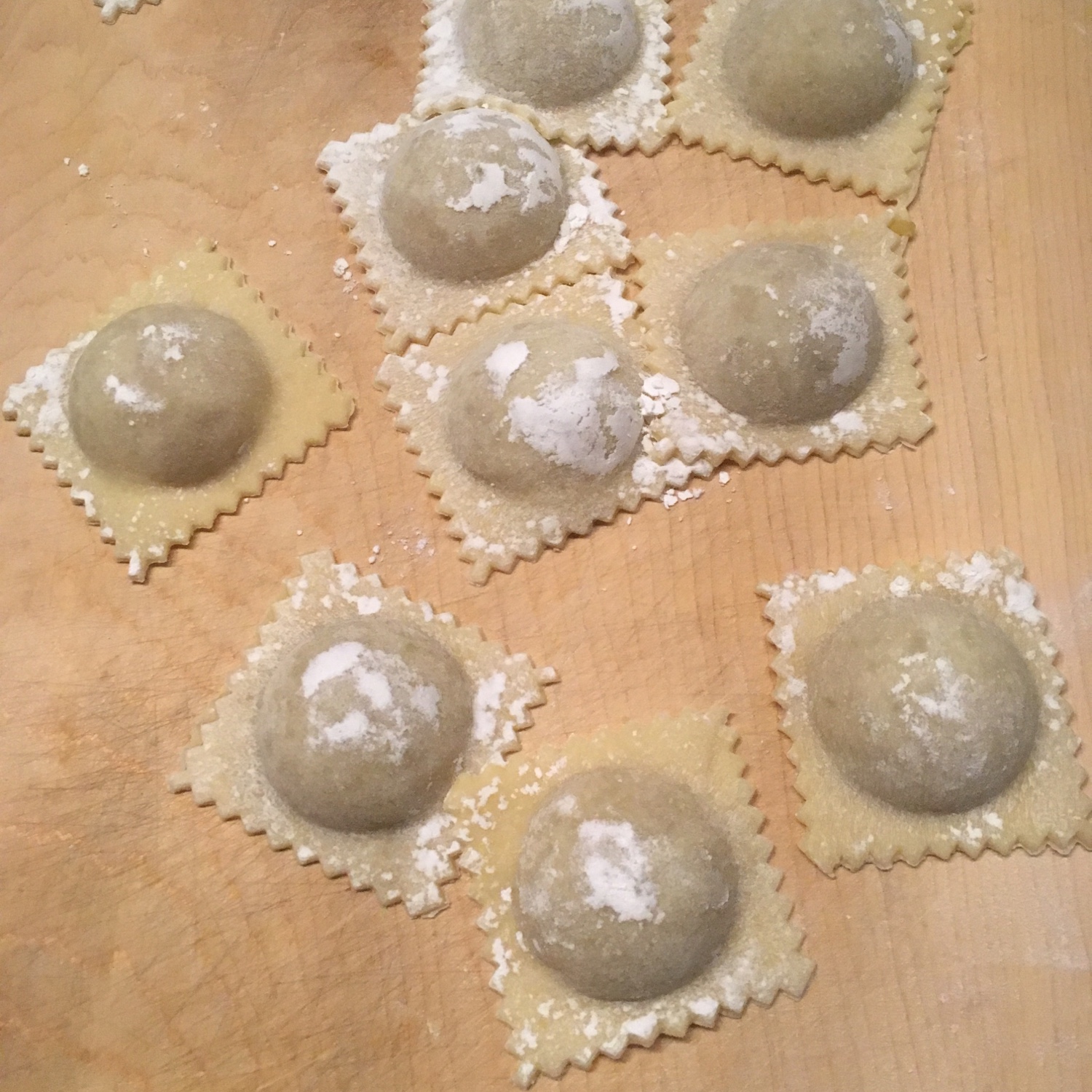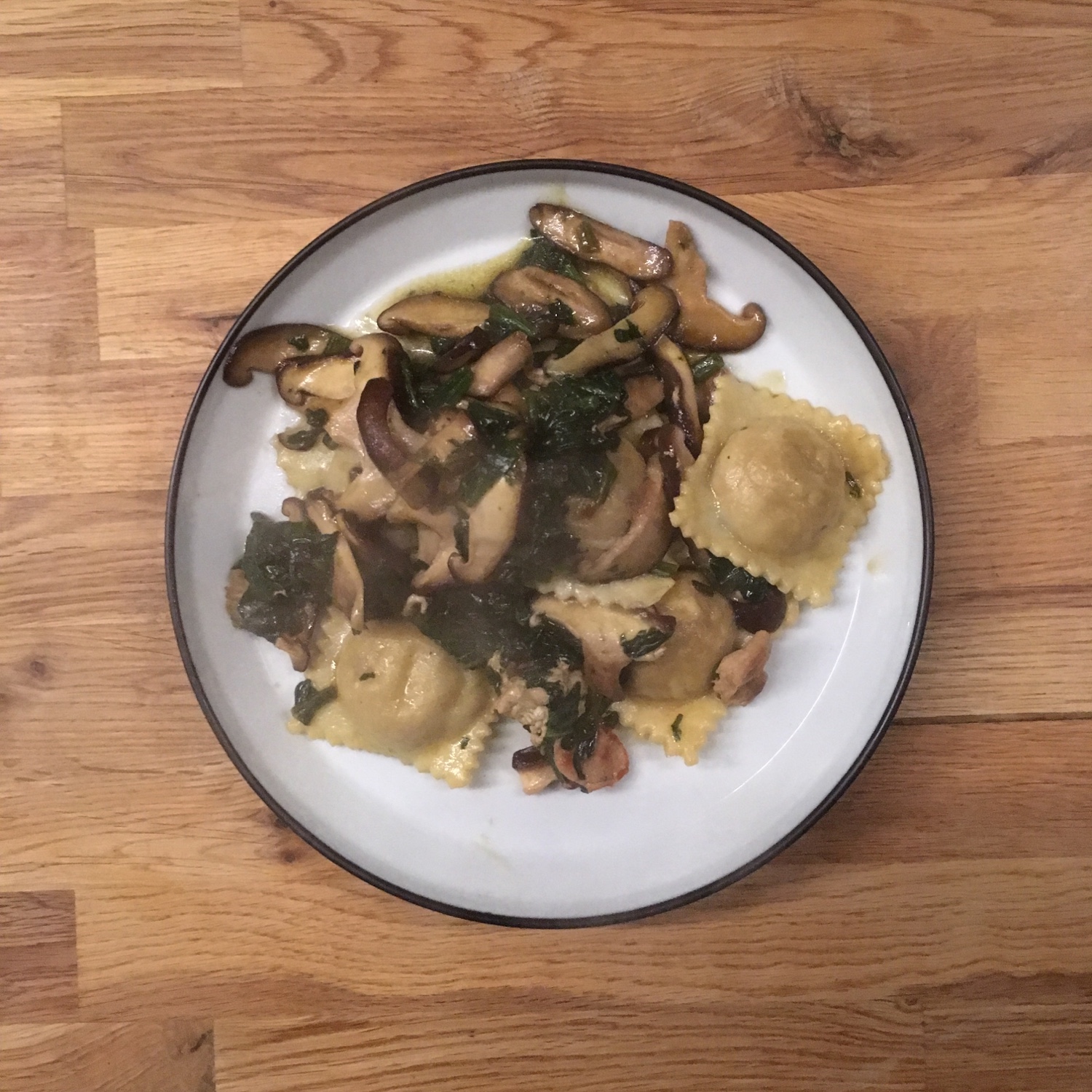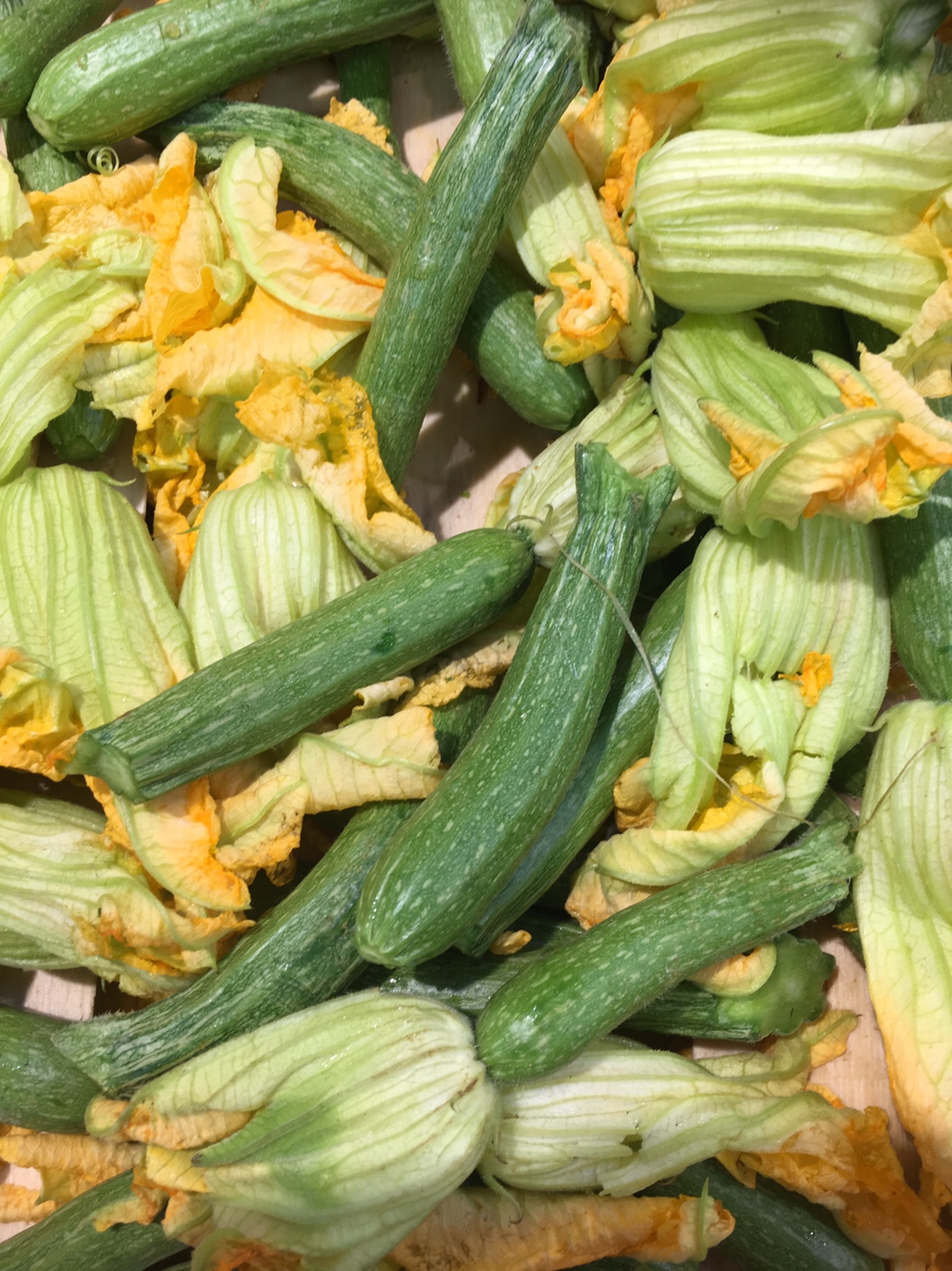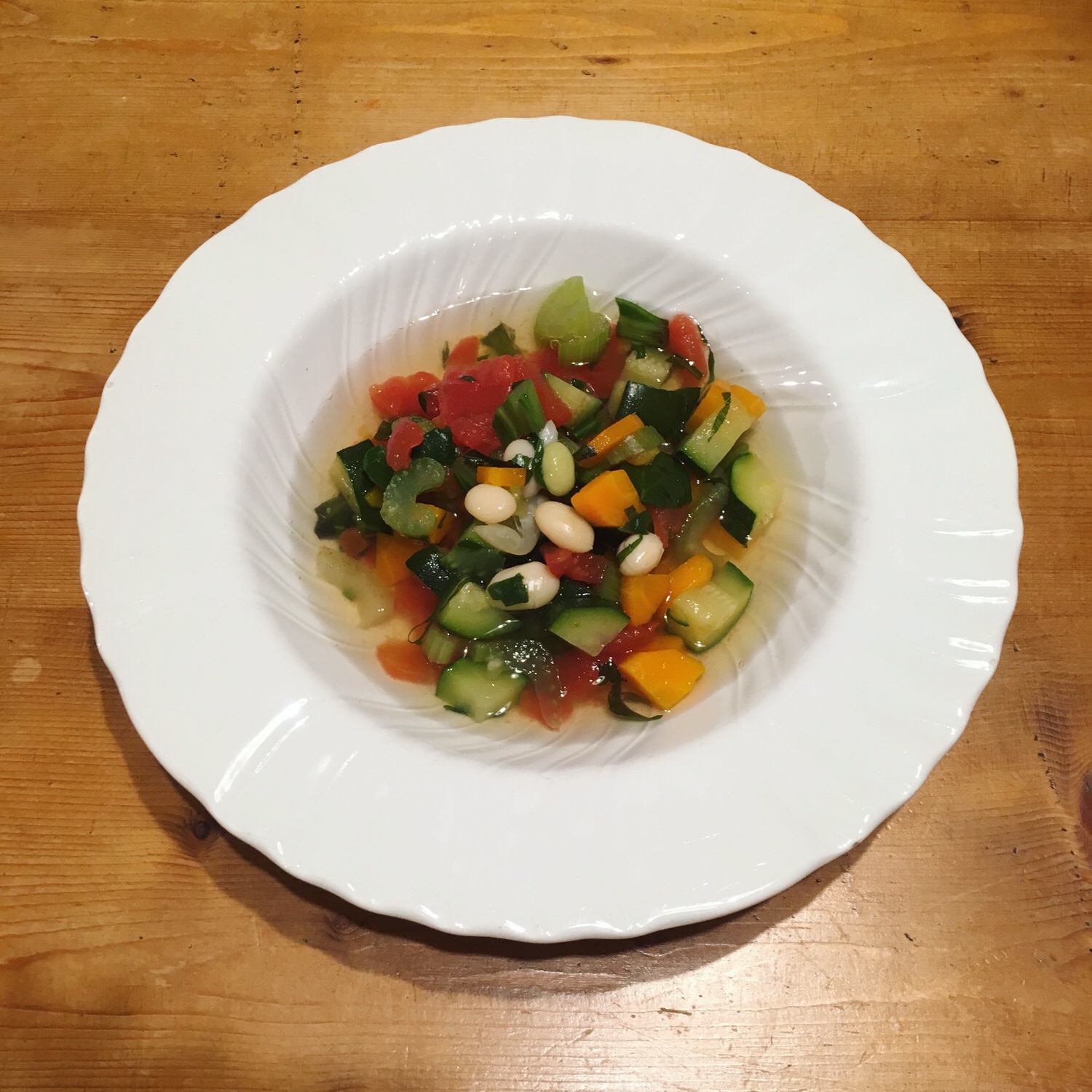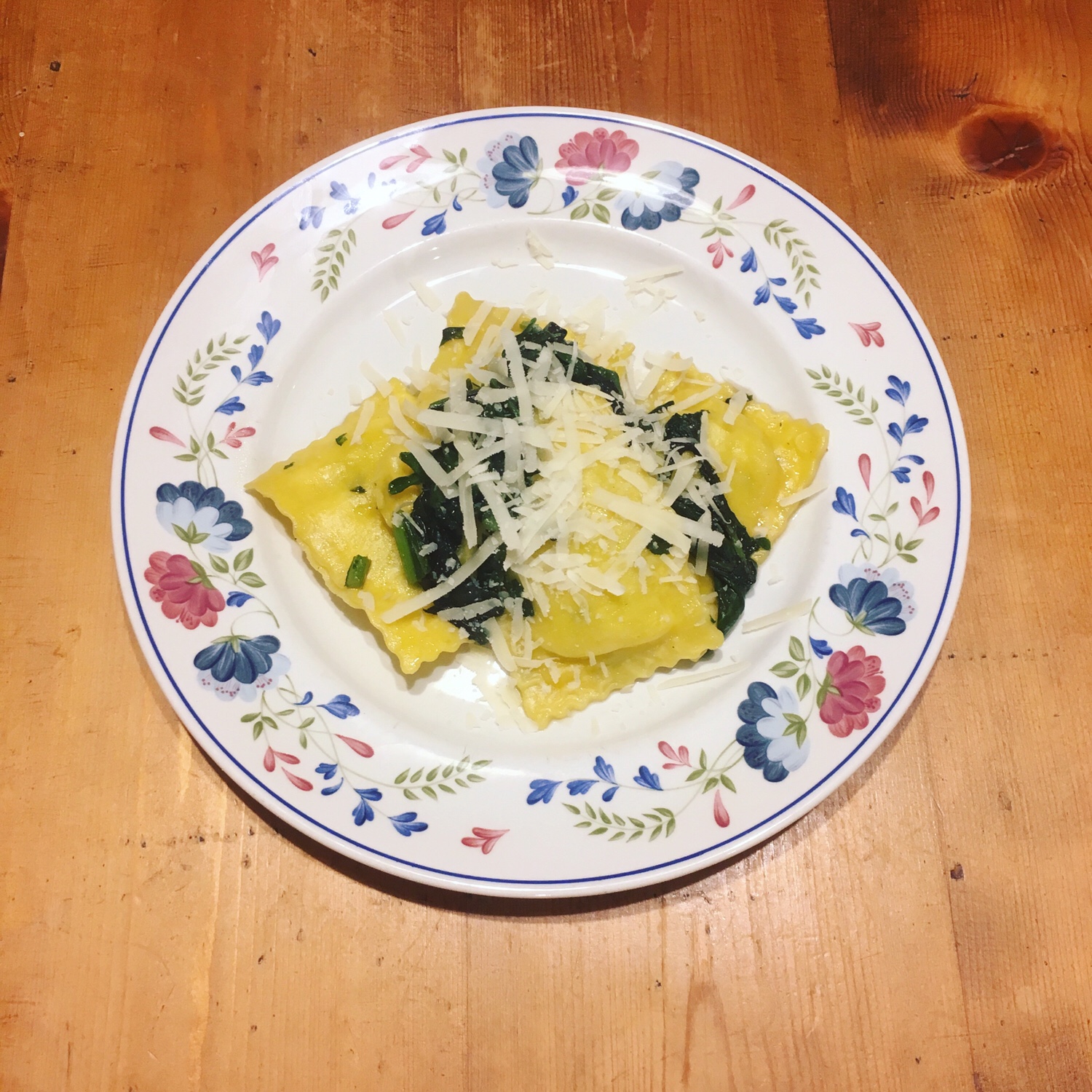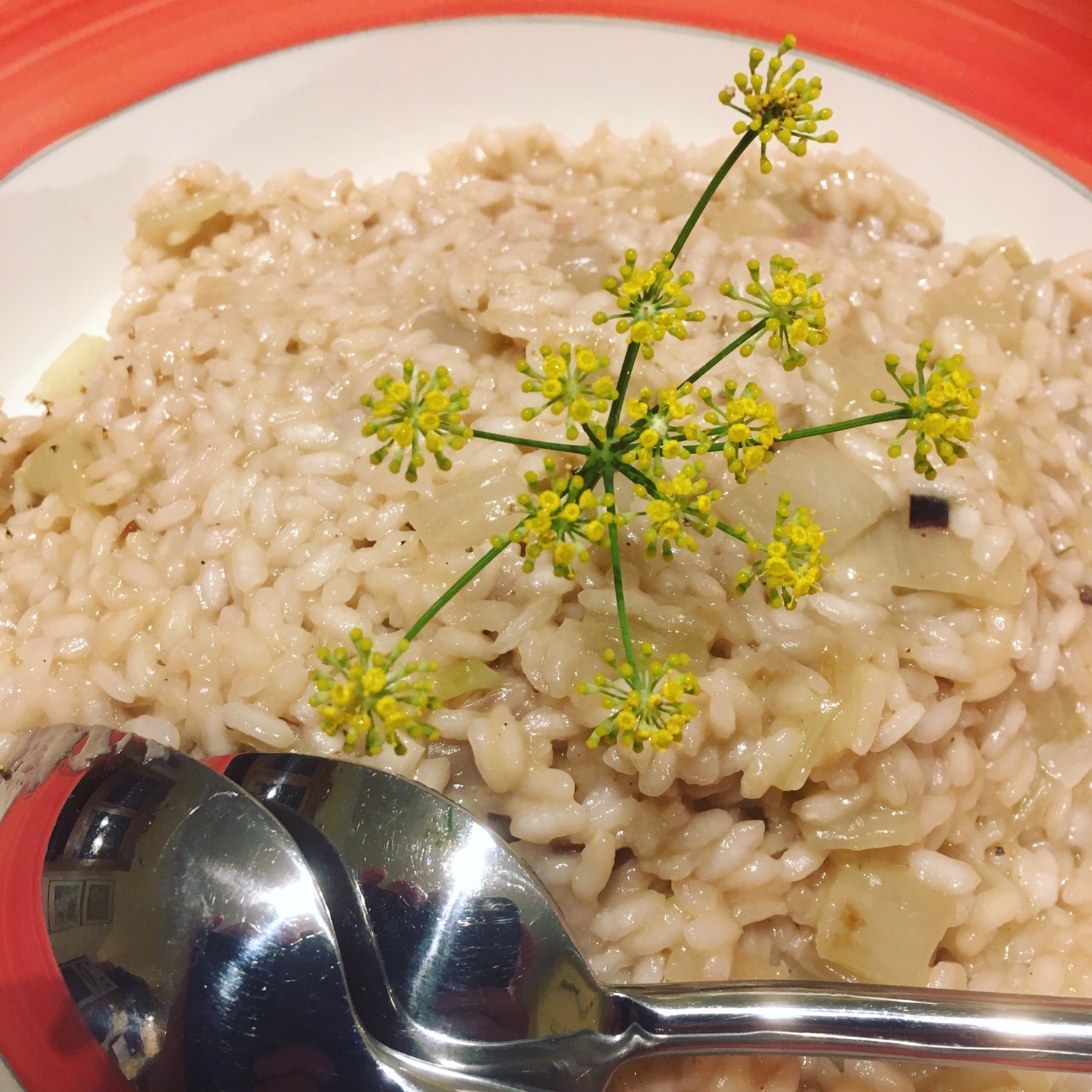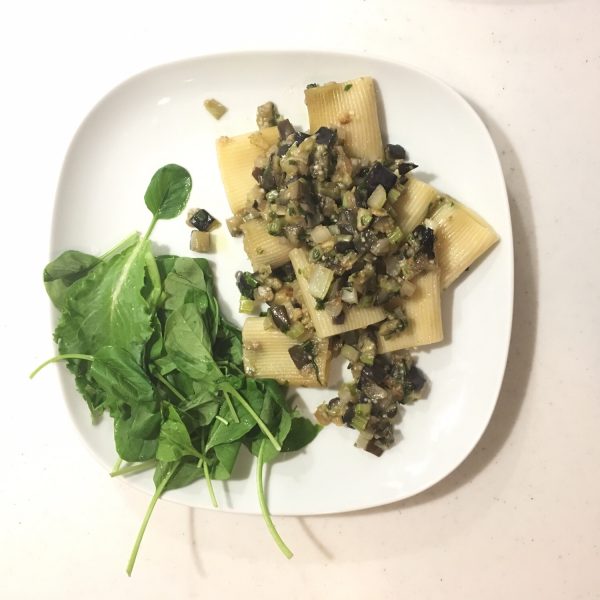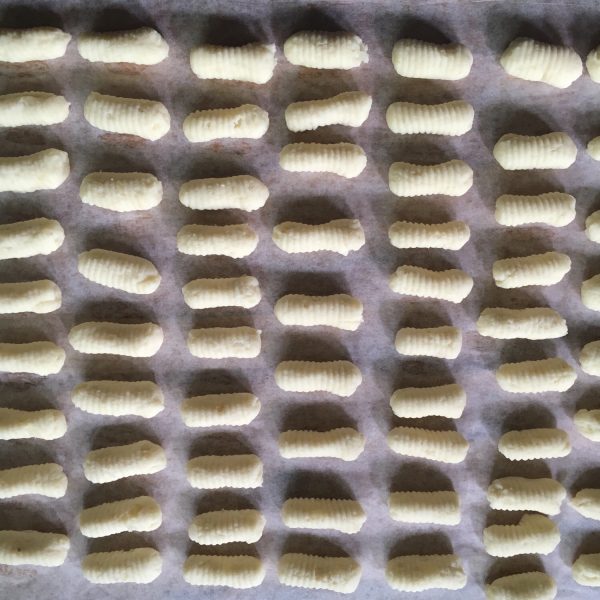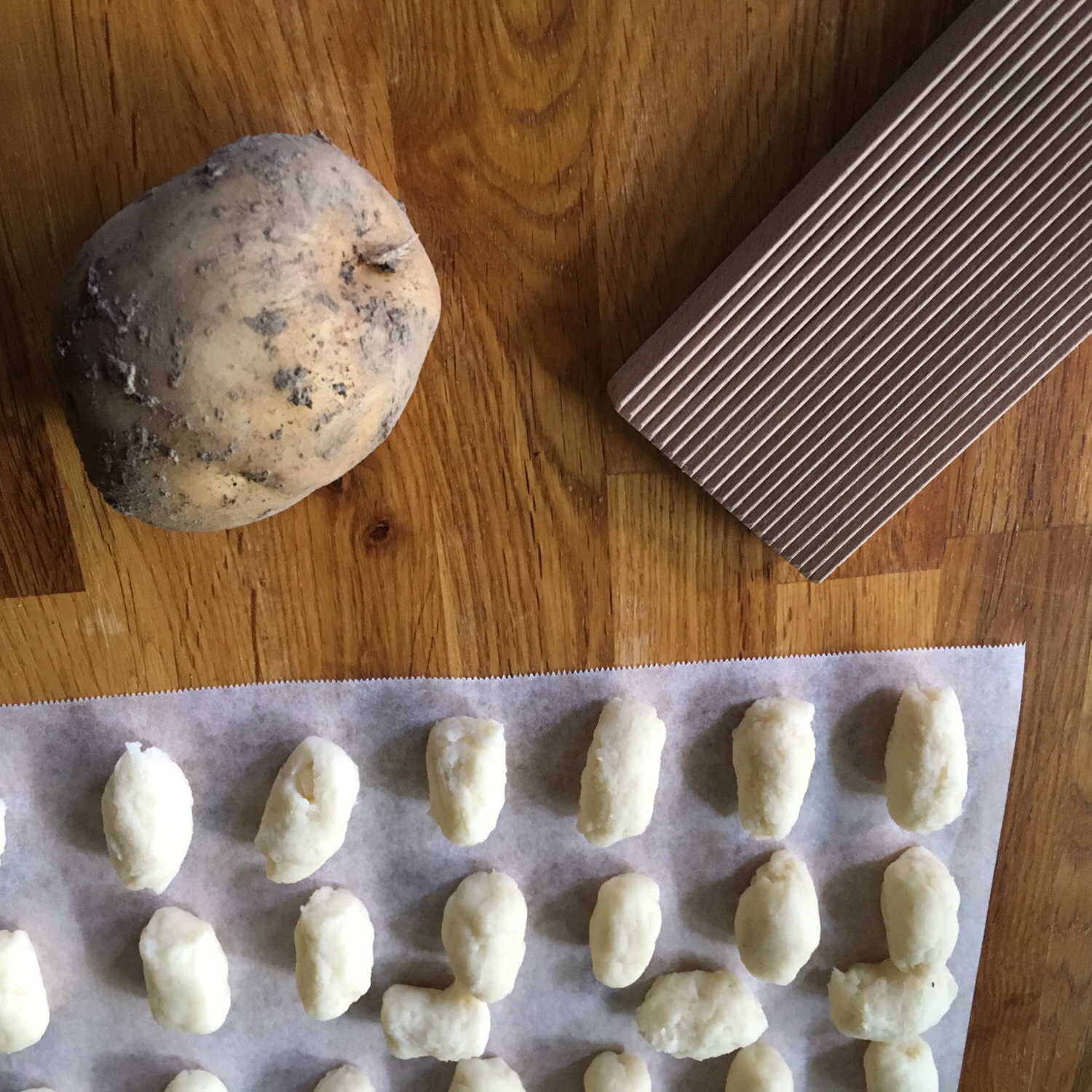I need to go outside of my comfort zone in the cuisine… but I don’t know how…
Making ravioli, pancakes, scones, quiches, breads etc… has become such a routine and is so effortless that I miss the challenge. Because, yes indeed, I am a challenger. Whether it’s at work, on the court, in the ocean, or in front of my sewing machine I like challenges. That’s how I ended up registering to a bodyboard school last year and I still enjoy learning to ride waves better and to spin on my board! That’s why I enjoy sewing (and here the challenge is massive!!!) . But recently cooking has been more functional than challenging. Even the steam buns, the bread in a pan etc… are now basically classics and I rush them between two meetings!!
Since my main source of inspiration : experience and local sourcing during our trips has dried up in the past 18months, I have decided to use my imagination and my recollections of some our trips. First stop: Firenze of course! I remembered these gigantic sandwiches they would sell in something resembling focaccia (scaccia in Florence) and I never tried because it is just too gigantic and there was too much fat left on the ham (I have always hated meat fat) and since I just bought some prosciutto it was the perfect timing. So I baked a plain focaccia, and decided that we would have a savory breakfast.

And then because I made a rather giant focaccia we went for it again for lunch, this time in a real panino version with grilled vegetables. (Top picture)…
It wasn’t much but it was a change. Not yet far away from the comfort zone, but new enough!!!
I’ll keep searching my memories!

